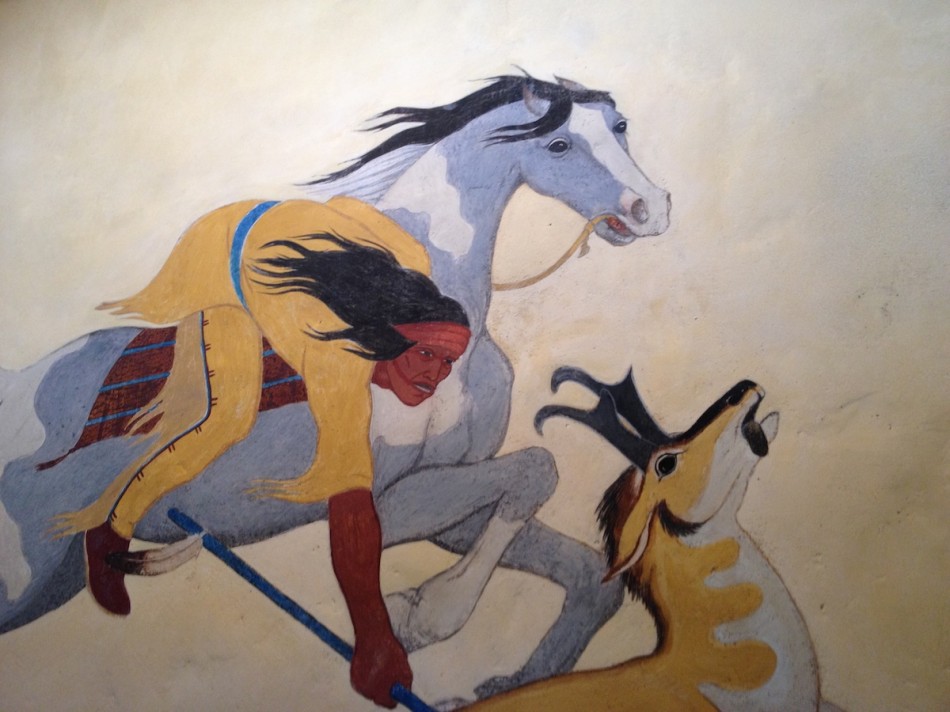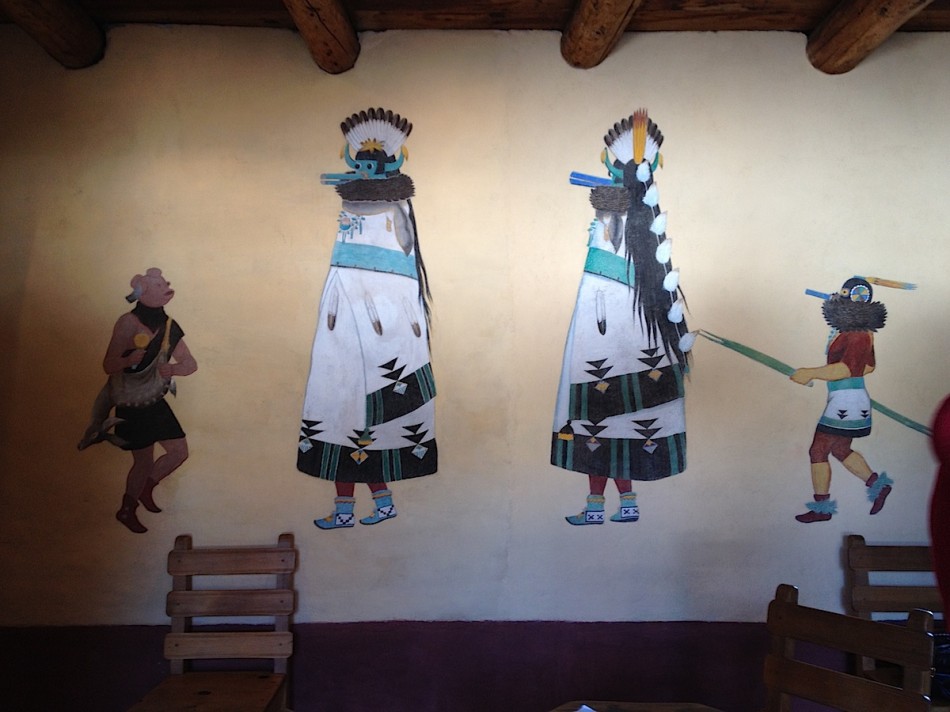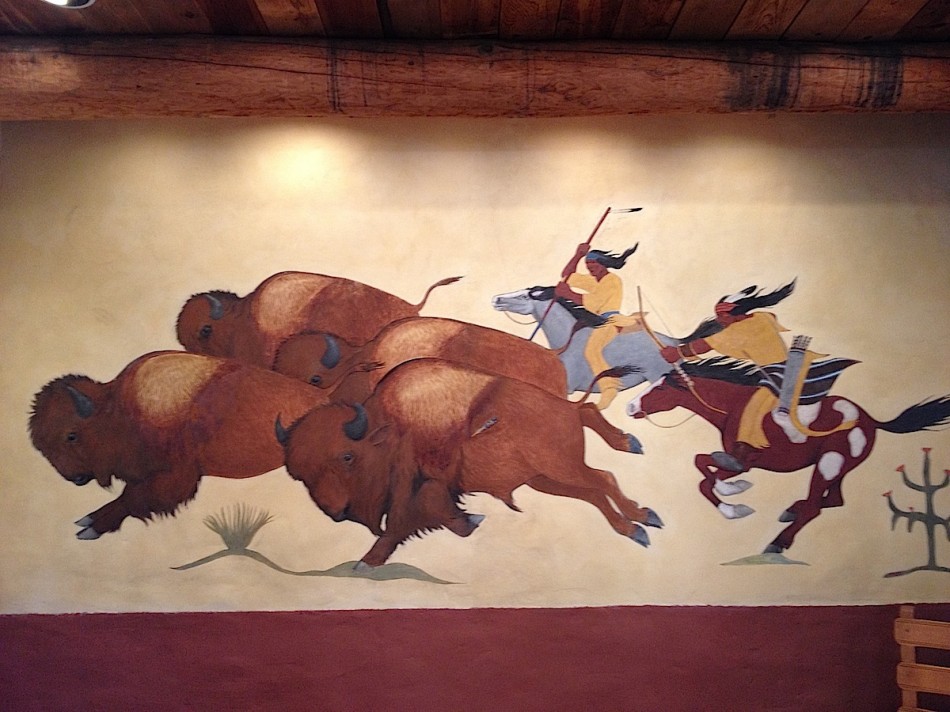
On Cultural Extinctions and Conscientiousness
Cultural extinctions, small and large, persist and seem intractable. Most public lately is the destruction of the Ai Weiwei vase at Pérez Art Museum Miami by a previously unknown visual artist, Maximo Caminero, who said he was protesting the lack of inclusion of local artists at that museum.
Ai’s vase (either the same or very similar to works included last year in More Real? Art in the Age of Truthiness) is a Han dynasty object that Ai painted over with brightly colored housepaint to exemplify his long-time motifs: questioning material-cultural heritage and the valuing of art and antiquities.
When Maximo Caminero lifted and smashed the vase, he effectively imitated Ai’s earlier smashing of a Han dynasty urn (what Garth Clark here called a superb, “museum quality” urn that had survived for 5,000 years in pristine condition), as shown in the triptych of photographs of Ai hung on the wall behind the objects. Predictably, the art world and media went up in arms. Repeated, unsurprising mentions of the work’s $1 million value in the marketplace (a sum now being questioned) proliferated.
Among the vocal critics of Caminero’s action was Ai himself asking an absurd question: “He thinks it’s from Home Depot?” The question was absurd because it was Ai — defacing real museum antiquities, and in the process “authoring” contemporary art masterworks — who instigated this very ambiguity. Now other artists are raising money for Caminero’s legal defense, claiming they don’t support the action but rather its “intellectual underpinnings.”
One of my close friends in New York raised a point. He contends that Ai’s shattering actions are metaphor for all of contemporary art’s lack of content. In his view, Ai’s art was first to make viewers cynically complicit with inexcusable acts of destruction. (A longer view of contemporary art vandalism — pre-dating Ai — would begin with Tony Shafrazi, who spray-painted “Guernica” with the words “Kill Lies All” in 1974.)
If the Ai story dominates the headlines, what about the fact that so many other art works and cultural treasures face extinction, akin to the massive species die-off we are seeing in the natural world? When so few objects get knighted, compared to the daily unremarked losses of world monuments, sacred sites, and valuable objects, we forget that what’s at stake are cultural histories existing in the places they were made.
It’s incumbent on us to become more conscientious — even activist — on behalf of threatened material history, and of content in art.
Late last year, I met a biologist in northern New Mexico. She worked at a ranch that must for now remain unnamed. While her typical purview is streams and wildlife, she encountered in the ranch bunkhouse an astonishing series of murals — figures of Indian dancers in a variety of ceremonial costumes and incredible hunting and wildlife scenes of buffalo and antelope.
Their painter, Ma Pe Wi, was a pueblo Indian artist who studied at the Santa Fe Indian School. As a young man his talents were embraced by the multi-active Edgar Hewett. Ma Pe Wi gave the zia symbol to the state of New Mexico to use on the flag. For certain reasons evidently unrelated, he eventually was shunned by his pueblo. A car wreck in 1951 killed his wife and ended his artistic practice.
These murals date from 1942. Very little is known about precisely how he came to paint them here on the walls of a bunkhouse later used to dry meat after hunts. Even less can be said about their future.
Cultural neglect is a function of the intensive narrowing of our focus when we only talk about “value” in terms of price. Perhaps there is a connection with the fact that contemporary art has gained traction by its association with market forces which tend to dictate what others should strive to want, if not be able to have.
The trouble with what disappears when we no longer have language for what we are about to lose, is that the cultural amnesia is a foregone conclusion; it’s there before the extinction is. Walter Benjamin offered that criticism is how the work of art gains knowledge of itself. How do we?



Ai Weiwei Dropping a Han Dynasty Urn
